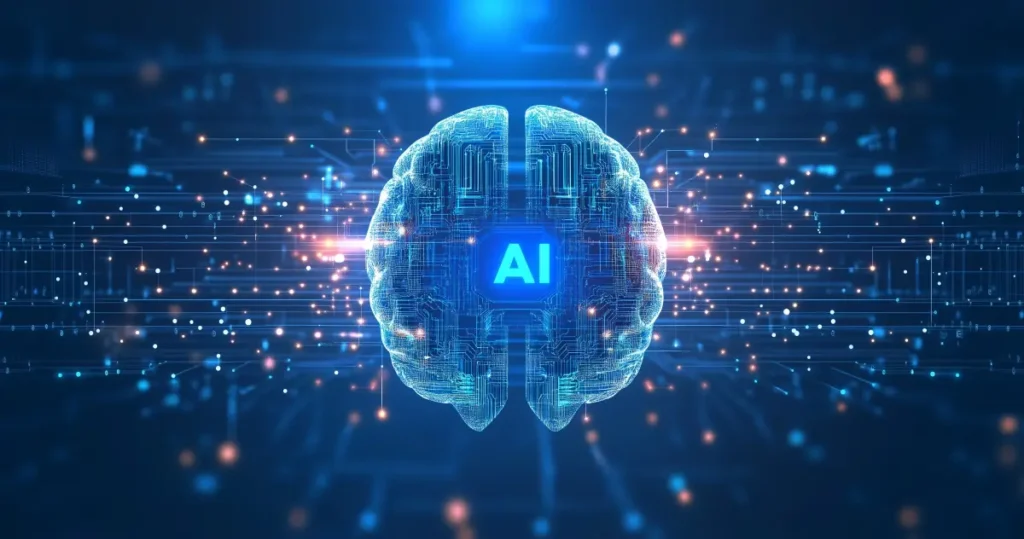
Summary:
- AI for engineering enhances design, modeling, and decision-making.
- Engineers spend less time on repetitive tasks, more on innovation.
- AI in manufacturing boosts quality, efficiency, and maintenance.
- AI tools offer real-time insights across teams.
- The future: smarter, faster, and fully integrated AI solutions.
In today’s fast-paced industrial world, efficiency is everything. And when it comes to streamlining the manufacturing process, few innovations are as transformative as AI for engineering.
Whether you’re designing complex parts, optimizing production lines, or automating quality control, artificial intelligence (AI) is changing the way engineers and manufacturers solve problems.
The Power of AI in Engineering
AI in engineering allows companies to move faster, smarter, and with greater precision. Traditional engineering tasks—like simulation, modeling, and validation—once took days or weeks. Now, intelligent AI tools can perform many of these operations in real time using data analytics.
By learning from historical data, AI technologies help engineers make data-driven decisions with confidence. These tools detect flaws early, recommend design adjustments, and even automate routine calculations.
The best AI for engineering applications goes a step further. It doesn’t just optimize a product—it optimizes the entire engineering process.
AI for Engineers: More Time for Problem Solving
Engineers today juggle tight deadlines, increasing complexity, and global competition. With AI for engineers, much of the repetitive and manual work—like version comparisons, tolerance checks, or simulation setup—can be handled automatically.
This frees up engineers to do what they do best: problem-solving.
For example, an AI-powered CAD system might suggest optimal shapes based on performance requirements. Or, an AI simulation tool could highlight weak points in a design before a prototype is even built.
The result? Less time spent on guesswork, and more time spent on innovation.
AI in Manufacturing: Smarter, Faster, Better
While AI helps engineers design better products, it also powers smarter factories. AI in manufacturing improves operations through:
- Predictive maintenance: Sensors and AI algorithms detect when machines need service—before they break down.
- Process optimization: AI tools adjust production variables on the fly for maximum efficiency.
- Quality assurance: Vision systems using AI can spot defects with more accuracy than the human eye.
By reducing repetitive tasks, AI minimizes errors and keeps production moving. Whether it’s improving assembly line flow or ensuring consistent output, AI for manufacturing enhances every aspect of production.
From Concept to Completion: Seamless AI Integration
Integrating AI into your workflows doesn’t require a full system overhaul. Many AI tools now plug directly into existing software platforms or equipment. For example, an AI-powered MES (Manufacturing Execution System) can analyze sensor data in real time, alerting teams to anomalies before they become problems.
Cloud-based platforms also make it easier to deploy AI models across multiple locations, giving every team—from engineering to quality control—access to real-time insights.
The Future of AI for Engineering and Manufacturing
As AI continues to evolve, we’ll see even more cross-functional tools that combine engineering intelligence with manufacturing agility. Expect to see systems that not only recommend design changes but also simulate the best production method for each component.
These advances will drive a new era of AI solutions that are fully integrated, constantly learning, and always optimizing.
Boost your engineering efficiency with CTND’s ETO solutions.
